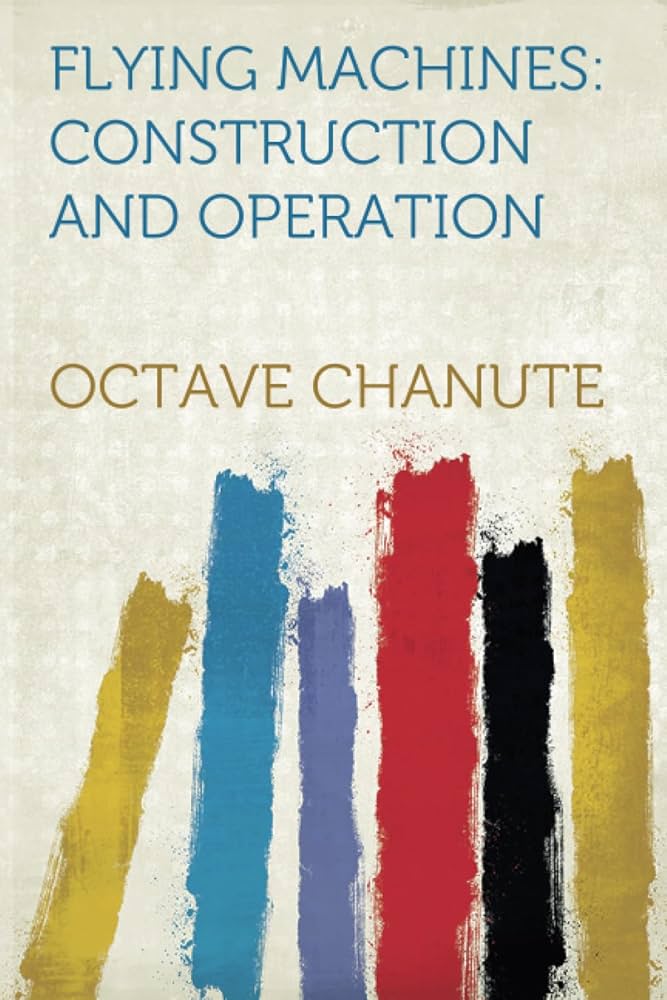Chapter XVII — Flying Machines Construction And Operation
byChapter XVII — Flying Machines Construction And Operation marks a turning point where creativity and experimentation redefine the mechanics of flight. This chapter illustrates how engineers and visionaries, motivated by both ambition and curiosity, began reshaping aircraft design in pursuit of improved stability, control, and efficiency. As aeronautical knowledge expanded, each new model not only tested the limits of materials and engines but also brought unique solutions to the persistent challenges of early aviation.
Frank Van Anden’s biplane stands out for its focus on in-flight balance, made possible through an automatic stabilizer that responded impressively during real flight conditions. When strong gusts hit the aircraft midair, this mechanism adjusted the wing position without manual input, correcting its tilt and preventing a potential crash. Such a feature was rare at the time and reflected a deeper understanding of aerodynamic forces. The aircraft was built with durable spruce and covered in treated silkolene for a balance of strength and lightness. Its control system borrowed from Curtiss, using a wheel-based setup that allowed for both vertical and horizontal navigation. The introduction of an engine-linked tip control added another layer of safety by reacting quickly during instability.
The Van Anden model is a testament to how early aviation merged mechanical simplicity with intelligent design. Its dual rudder configuration—placed at both the front and rear—improved responsiveness in tight maneuvering situations. Van Anden’s approach was to harmonize structure and function, creating a machine that not only flew but adapted midair. Flight reports suggest that despite its modest size, the biplane handled wind stress well, which proved critical in the unpredictable weather common on Long Island. Engineers who observed its trials noted the reduction in pilot workload, as the aircraft’s automatic features allowed the aviator to focus on direction rather than stability. These refinements highlighted a shift from experimental contraptions to pilot-supportive flying machines. The aircraft was no longer just about lift—it was becoming about ease of flight.
Similar innovation was seen in the Herring-Burgess aeroplane, which introduced a lighter motor without compromising output, essential for higher altitude attempts. Pilots praised the balance achieved by its stability device, which, while differing in mechanism from Van Anden’s, served the same purpose—making flight safer and smoother. The designers emphasized minimal drag and efficient fuel use, critical concerns in extending flight time and conserving resources. With a control system tailored to intuitive pilot handling, the craft exemplified ergonomics in early aircraft design. Its framework prioritized lightness without weakening the core structure, allowing for easier ground handling and improved takeoff responsiveness. By marrying reduced weight with reliable power, Herring and Burgess charted a new path forward for engine design.
Another notable entry in this chapter is the university-built “Pennsylvania I,” a pioneering example of collaborative engineering driven by academic passion. Students led by Lesh tackled not just the technical aspects of building a plane but also proposed novel control solutions, like tandem steering—a system inspired by the dynamics of multi-wheeled vehicles. The use of dual propellers powered by an 8‑cylinder motor provided thrust balance, while the lateral control mechanism added finesse to navigation. Despite being a student project, its performance on testing grounds suggested real-world promise. Instructors noted that the machine responded reliably to directional changes and had a center of gravity well-suited for steady gliding. Such educational endeavors proved vital for the broader growth of aviation, producing not only machines but future designers and aviators.
The broader significance of these advancements lies in how they reshaped the goals of aviation. No longer was the aim solely to achieve flight; it had expanded to mastering control, ensuring stability, and optimizing efficiency. Inventors began looking beyond the thrill of launch to the finer points of air travel: how to handle wind currents, reduce pilot fatigue, and stretch the endurance of lightweight motors. This maturity signaled the evolution from bold attempts to disciplined engineering. At the same time, the public became increasingly engaged, reading about flight milestones and watching test flights with growing interest. Aviation was transforming into both a spectacle and a serious discipline, fueled by each new machine’s success and the vision of its creators.
Behind each of these designs were stories of trial and refinement. Builders often faced failed tests, with wings snapping or engines stalling. Yet with every setback came new insights—how a shifted wing curve affected lift, or how propeller angles influenced torque. By embracing these lessons, inventors moved closer to the dream of reliable flight. Such resilience underscores why this chapter is crucial—it shows the transition from trial-and-error to calculated risk, from curious tinkerers to aviation professionals. The contributions of Van Anden, Herring, Burgess, Lesh, and others provided a foundation for the future. Their collective progress made clear that the age of controlled, stable, and repeatable flight was no longer a fantasy, but an emerging reality.


